Graham Reid | | 5 min read
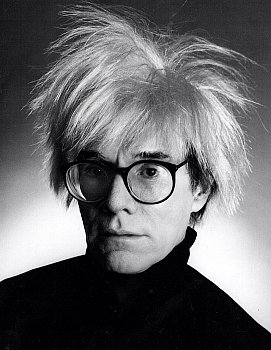
The late art critic Robert Hughes – who once described Andy Warhol as being “credited with sibylline wisdom because he was an absence conspicuous by its presence” – was an insightful and barbed writer, as adept and astute about the art market as the art itself.
Again, here's Hughes on Warhol's portraits of celebrities and those who paid for his artistic attention: this was, says Hughes, “the age of supply-side aesthetics”.
Where Hughes was way off the mark was in 1984 writing for The New York Review of Books: he predicted a crash in the art market when the fiction of the impossibly high prices paid would implode and the glut of contemporary art and graffiti artists – whose work had moved from street to gallery – would further drive the market downward.
Later he would speak of the huge numbers of art school graduates desperately pushing their work into an already crowded market as another contributing factor.
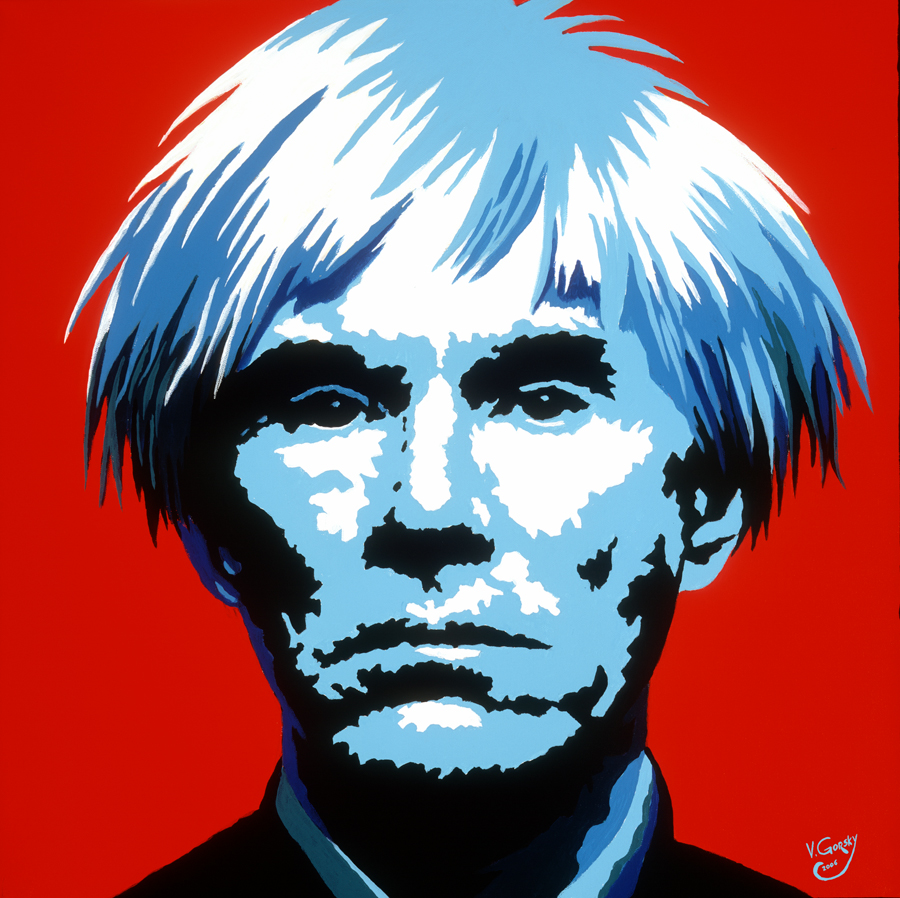 Hughes has not been alone in making such a prediction, but for the most part it hasn't happened despite the commercial end of the art market being populated by some of the most venal, self-serving, greedy and manipulative characters who would be implausible in any novel or screen adaptation.
Hughes has not been alone in making such a prediction, but for the most part it hasn't happened despite the commercial end of the art market being populated by some of the most venal, self-serving, greedy and manipulative characters who would be implausible in any novel or screen adaptation.
Case in point – and we circle back to Warhol and British critic/journalist Richard Dorment's thorough and engrossing book for this – are the machinations of the Andy Warhol Foundation and especially the Andy Warhol Art Authentication Board (AWAAB) which, unchecked and secretive, gives a thumbs up or an indelible “DENIED” stamped on works by the artist who died in 1987.
As with the industry of fakes and forgeries in Salvador Dali's name, there is quite a business in the world of Warhol, an artist who often stood at such a distance from works created in his own name that the first time he saw some was when he handed them over to the grateful purchaser.
Some he never saw.
Who knows how many additional screen-prints were run off after the commissioned run, held back for later sale by the printers or dealers?
And who knows what works are actually authentic – not even the official “authentication” people as Dorment discovers – and what works were supervised by Warhol whose hand never touched them?
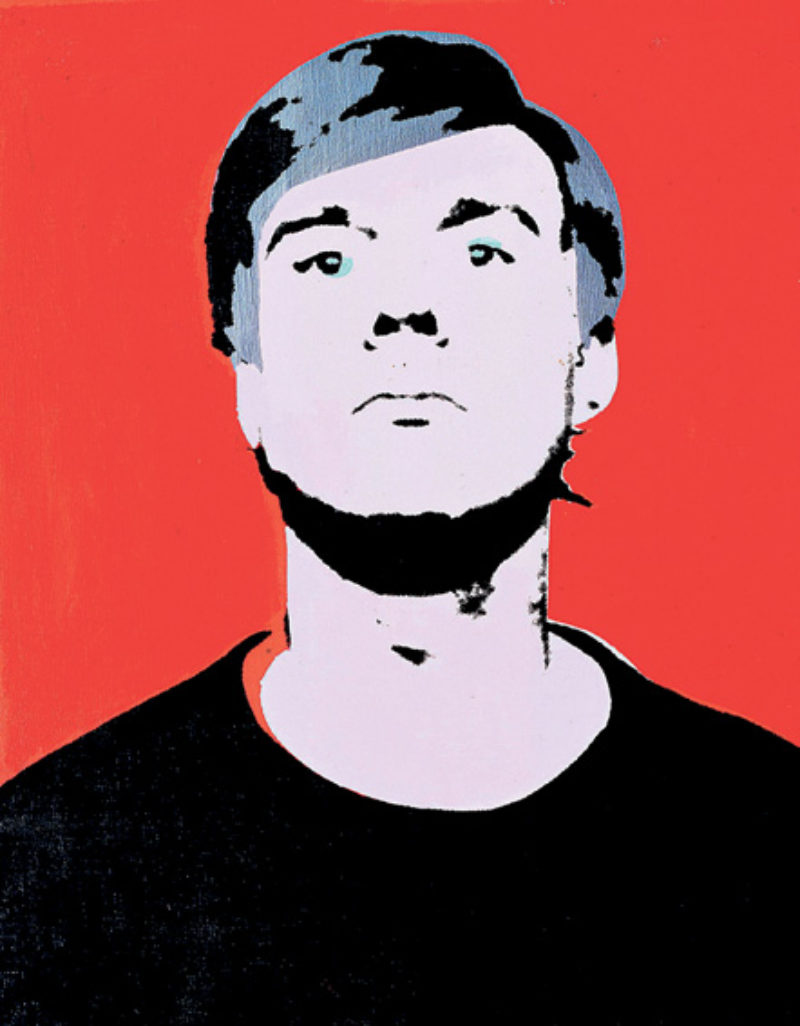 In a sentence which is so jaw-dropping in its abstruseness it sounds like it came from Alice in Wonderland, one of the board authenticators Neil Printz wrote of a work: “It is the opinion of the Authentication Board that the said work is NOT the work of Andy Warhol, but the said work was signed, dedicated and dated by him”.
In a sentence which is so jaw-dropping in its abstruseness it sounds like it came from Alice in Wonderland, one of the board authenticators Neil Printz wrote of a work: “It is the opinion of the Authentication Board that the said work is NOT the work of Andy Warhol, but the said work was signed, dedicated and dated by him”.
In the Warhol world the art can be fake but the signature authentic. Or vice-versa.
Dorment's highly readable book – subtitled Power and Money in the Modern Art World – is full of such conundrums, contradictions and lies by unqualified assessors, bullies using money and lawyers to protect themselves and their careers and . . .
Part detective story and part analysis of the world of Warhol, the Foundation and dealers, it is also a courtroom drama and a thriller.
Dorment came into the story with reluctance when approached by the British-based American Joe Simon, a movie producer (for films with Selma Hayek, Tim Robbins, Woody Allen and others), art collector and financial entrepreneur.
Among Simon's collection were two Warhols which he was advised to have authenticated. Both were judged to be fakes.
On the advice of his Malibu neighbour David Hockey, he cold-called Dorment – chief art critic for the Daily Telegraph – and told his story. Dorment, who knew a fair bit about Warhol but was by no means an expert, explained he wasn't the man to dispute the denials – try Sotheby's of Christie's – but something in Simon's persistence and certainty the works were genuine, took him to Simon's Chelsea flat for a meeting.
He quickly realised that Simon wasn't in it for the money but to get to the truth of the authentication process which was secretive as the AWAAB didn't reveal reasons for the acceptance or rejection of any work submitted or requested.
And so began an investigation which was freighted with astonishing sums of money: one estimation of how much the Warhol Foundation's exclusive sales rep Vincent Fremont earned before he left in 2010 put it at around $US25 million.
But most interest alights on the two key AWAAB assessors Neil Printz and Sally King-Nero who were woefully under-qualified for their role, both of whom would admit when they started they had little knowledge of Warhol's work or career and kind of learned on the job.
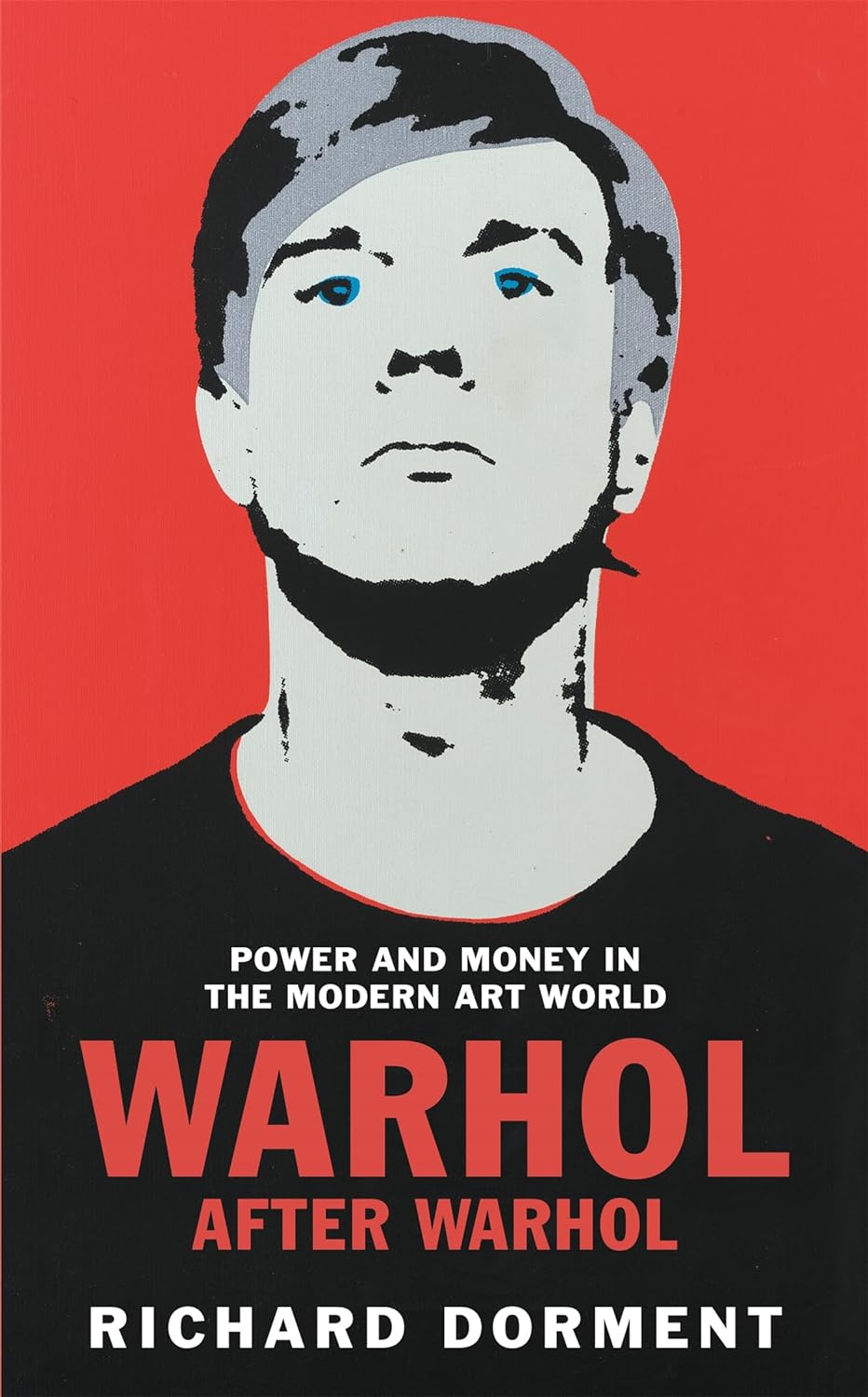 A year after assessing and rejecting some of Warhol's silkscreen prints King-Nero decided to use Google to research the process.
A year after assessing and rejecting some of Warhol's silkscreen prints King-Nero decided to use Google to research the process.
Unbelievably, the AWAAB could reject works then later reassesses them (without any further research) and identify them as authentic . . . and then they could be sold.
Astonishingly, the AWAAB didn't feel the need to talk with members of Warhol's circle – many of whom were there when some of the works were created, or weren't created – for any kind of supporting evidence.
Here is a story of bullying lawyers and firms with enough money to tie someone like Simon up in court proceedings for years, a Russian oligarch who is murdered, an omertà among shady dealers and museum buyers and deals so transparently crooked they beggar belief.
Oh and there are walk-on parts, like Nick Rhodes of Duran Duran who is a longtime friend of Simon's (as is Mick Jagger with whom Simon would sometimes holiday with at one of the Stone's many homes) as well as reputable art writers (one notably browbeaten into silence) and Dorment's heroic editor Bob Silver at the New York Review of Books which published his findings in a series of contentious articles. There is suspected phone-tapping and much more.
 There is also a potted biography of Warhol woven through and some rather useful justifications of his hands-off working method if that troubles you.
There is also a potted biography of Warhol woven through and some rather useful justifications of his hands-off working method if that troubles you.
The courtroom drama in the final third can be very detailed but Dorment drives the story with a novelist's eye for drama, suspense and character development.
He notes in the final pages that he never thought of himself as a journalist or investigative reporter, just as an art historian employing traditional methods of discovery and verification.
“Without academic transparency and commitment to truth, art history degenerates into a mere opinion, or more accurately self-interest.
“The Andy Warhol Foundation and Authentication Board had corrupted the discipline I'd dedicated my life to studying.”
If you are looking for convenient resolution of the issues and the bad guys punished you will be disappointed, the waters remain murky. But the money go-round continues.
So, if you are lucky enough to own a Warhol . . . well, it might be the real thing. Or it might not.
Maybe the art is authentic or fake, the signature could be one or the other.
Or both.
Or neither.
.
WARHOL AFTER WARHOL by RICHARD DORMENT Picador $52

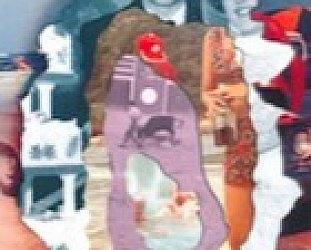


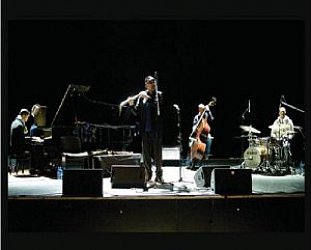
post a comment